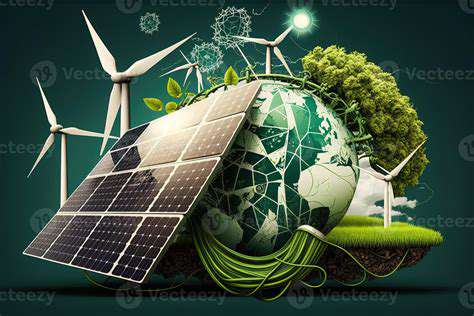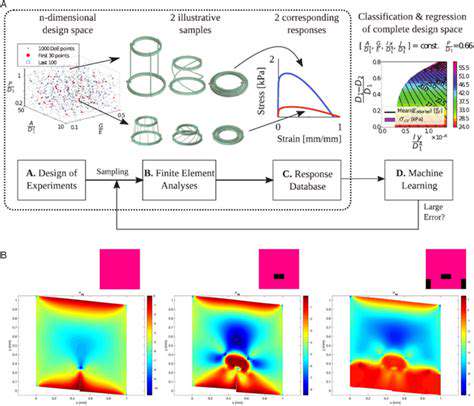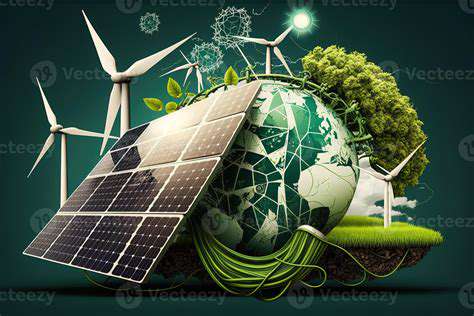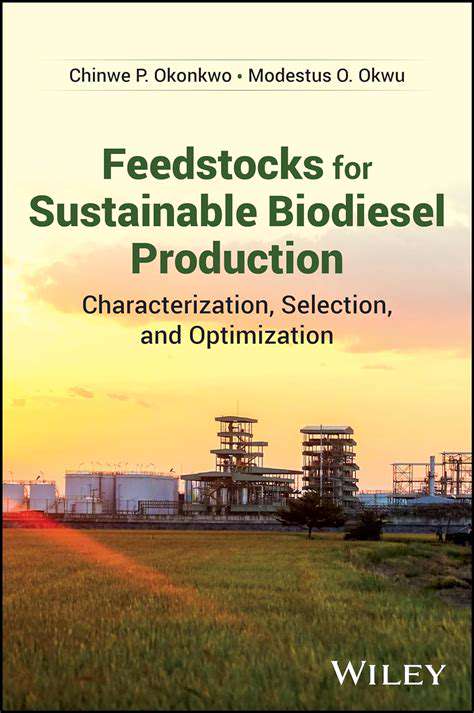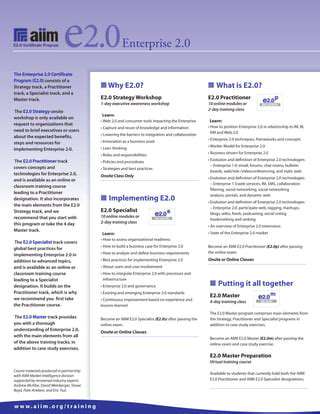Offshore Wind
Global Market Growth and Investment
The offshore wind sector is experiencing explosive growth globally, driven by falling costs, technological advancements, and supportive government policies. Countries like the UK, Denmark, and Germany are leading the way with substantial investments in offshore wind farms, demonstrating a strong commitment to renewable energy sources. This significant investment translates into job creation, economic stimulus, and a reduction in reliance on fossil fuels, making it a crucial component of the global energy transition.
However, challenges remain, including the need for further infrastructure development, grid integration capabilities, and effective permitting processes. Overcoming these hurdles will be crucial to unlocking the full potential of offshore wind and realizing its role in a low-carbon future.
Technological Advancements and Innovation
Continuous innovation in turbine design, materials science, and construction techniques is driving down the cost of offshore wind energy. Larger turbines with enhanced efficiency are being deployed, allowing for higher energy generation capacities. Furthermore, advancements in floating offshore wind technologies are opening up opportunities in deeper waters and challenging geographical landscapes, expanding the reach of this renewable energy source.
The development of smart grids and energy storage solutions is also crucial for integrating offshore wind into existing energy systems. These technologies will play a key role in ensuring the reliable and consistent supply of renewable energy, thus helping to overcome intermittency issues associated with fluctuating wind speeds.
Environmental Impact and Sustainability
Offshore wind farms, while contributing significantly to a cleaner energy future, do have potential environmental impacts. Careful consideration must be given to the potential effects on marine ecosystems, including bird migration patterns, fish populations, and marine mammal behavior. Thorough environmental impact assessments and careful site selection are critical to minimizing these impacts and ensuring the sustainability of these projects.
Grid Integration and Infrastructure
Efficient grid integration is essential for the successful deployment of offshore wind farms. Existing power grids need to be upgraded and strengthened to accommodate the large-scale influx of renewable energy. This requires significant investment in transmission infrastructure and the development of smart grid technologies to manage fluctuating energy production from offshore wind turbines.
Policy and Regulatory Frameworks
Government policies and regulatory frameworks play a critical role in shaping the offshore wind sector. Clear and supportive policies, including tax incentives, subsidies, and streamlined permitting processes, are essential to attract investment and foster industry growth. International cooperation and knowledge sharing are also crucial for harmonizing regulatory frameworks across different nations and facilitating the global adoption of offshore wind energy.
Economic Benefits and Job Creation
The offshore wind industry presents substantial economic opportunities, creating jobs in manufacturing, construction, operation, and maintenance. The development of offshore wind farms stimulates local economies, fosters innovation, and promotes sustainable economic growth. Moreover, the reduction in reliance on fossil fuels can lead to significant cost savings for consumers and governments in the long run.
Community Engagement and Stakeholder Collaboration
Offshore wind projects should prioritize community engagement and stakeholder collaboration throughout the planning, construction, and operation phases. Understanding and addressing local concerns, fostering transparency, and ensuring equitable benefits are crucial for building community support and ensuring the long-term success of these projects. This includes providing information about the project, engaging with local residents, and offering training and employment opportunities to local communities.
